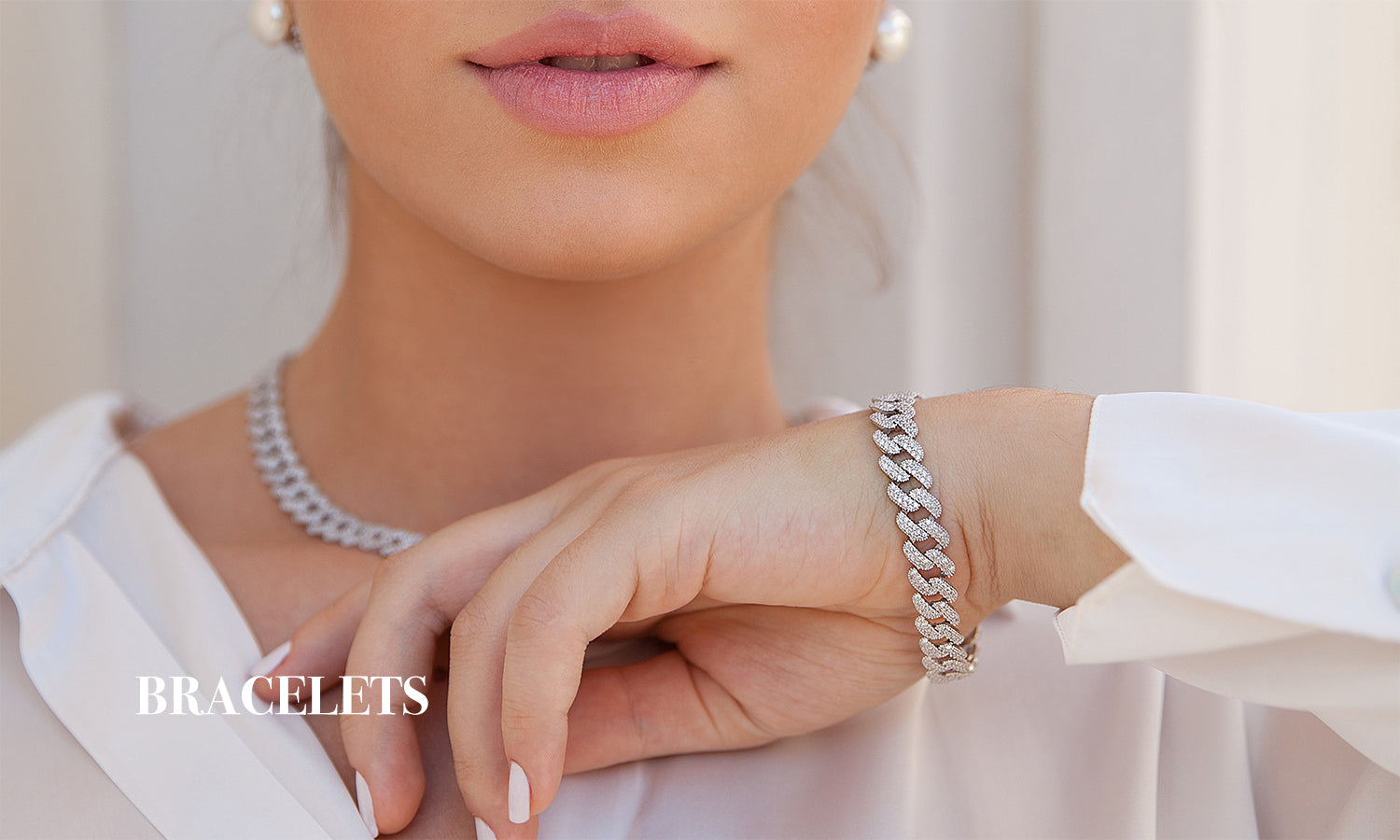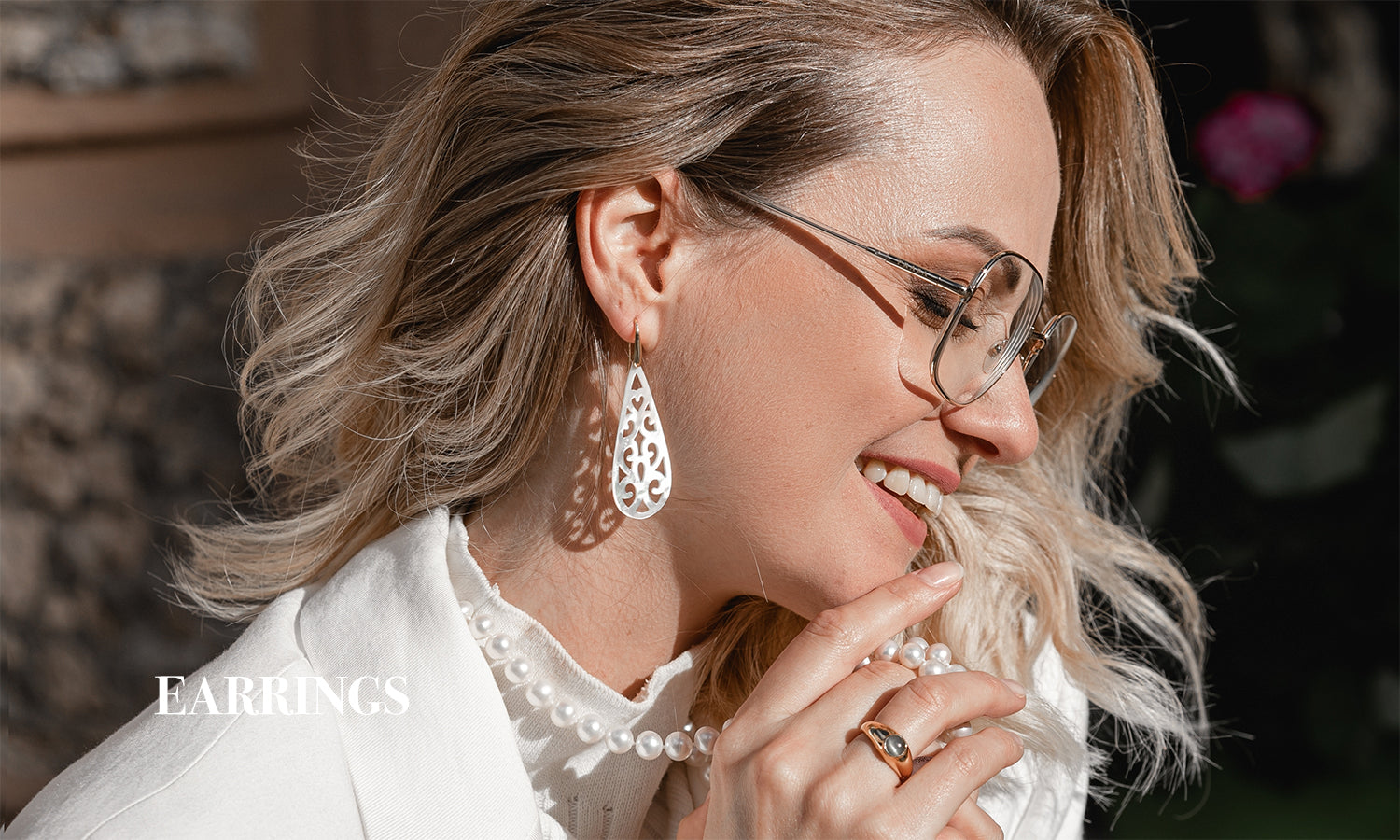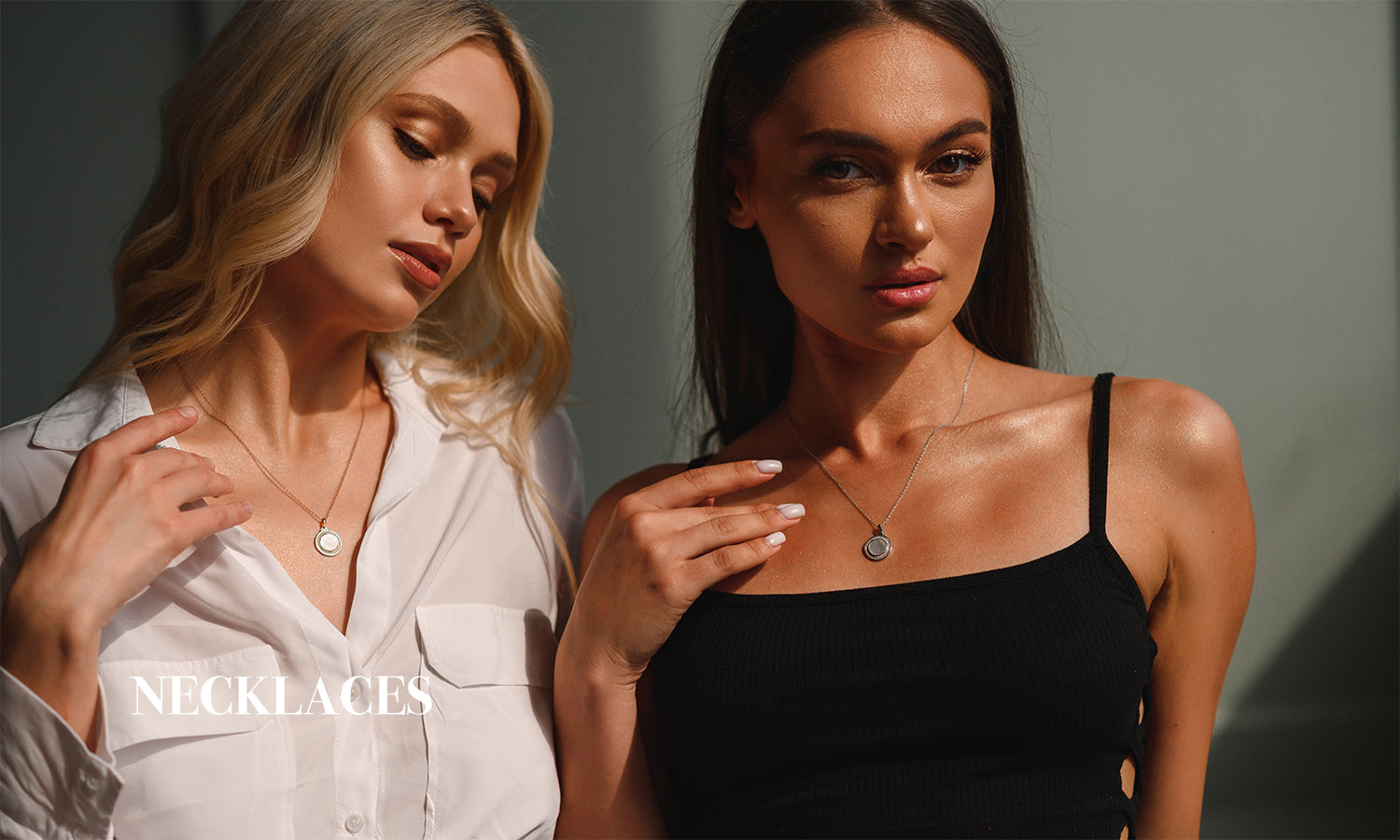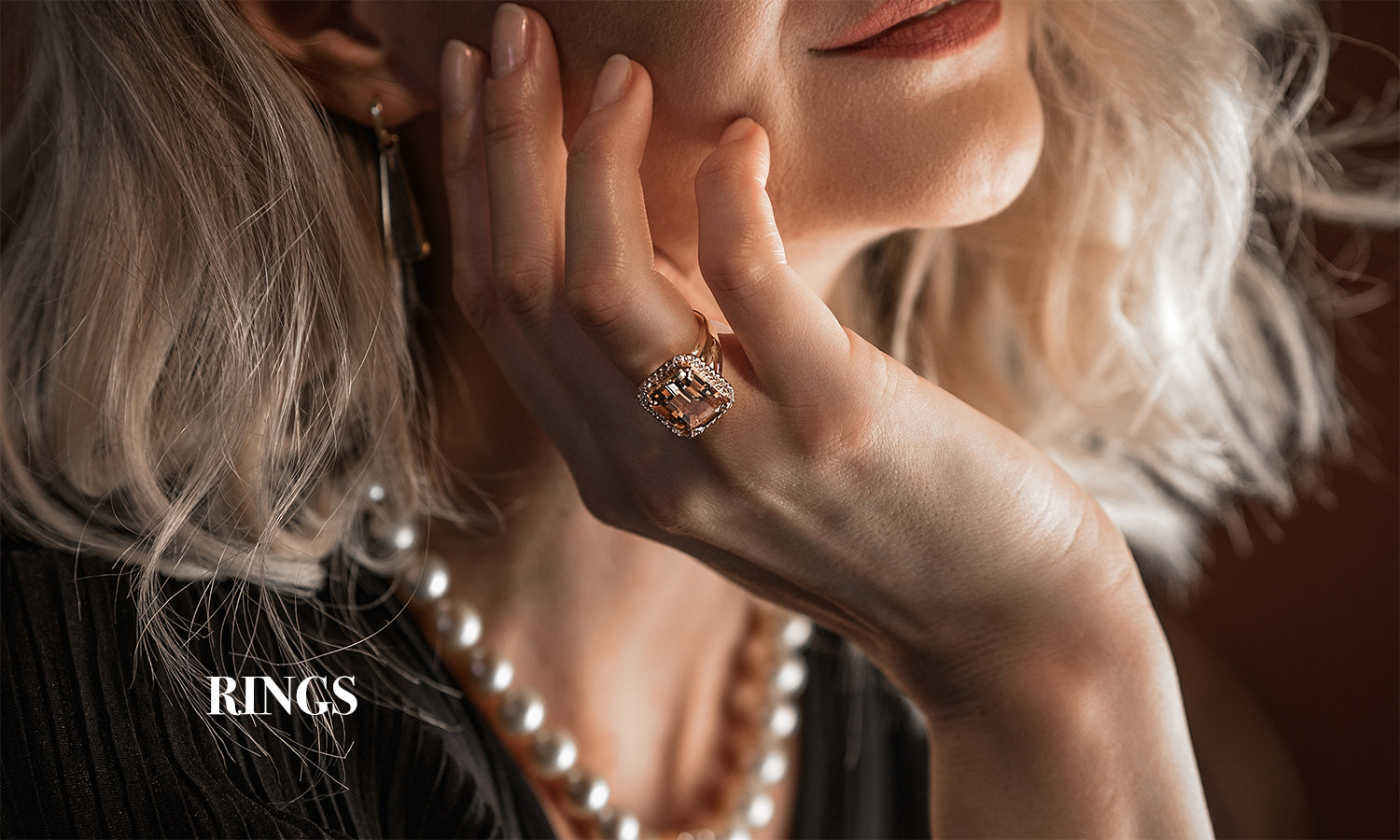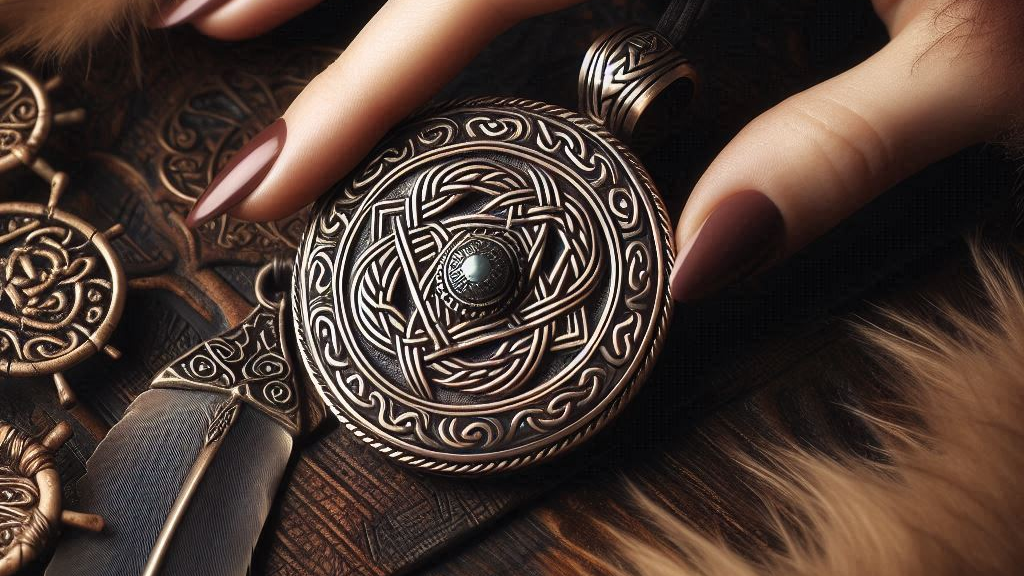
Exploring the Intricacies of Celtic and Viking Designs: A Journey Through History and Artistry
Share
Celtic and Viking designs are more than just aesthetic choices—they represent centuries of rich history, culture, and artistry. From the intricate knots of Celtic patterns to the bold motifs of Viking art, these designs continue to captivate enthusiasts and collectors around the world. In this article, we delve into the origins, characteristics, and enduring appeal of these fascinating designs.
|
Aspect |
Celtic Designs |
Viking Designs |
|
Origins |
Ancient Celtic tribes of Ireland, Scotland, Wales |
Norse people of Scandinavia |
|
Key Characteristics |
Intricate knotwork, endless loops, triskele |
Bold geometric patterns, runic symbols, carvings |
|
Symbolism |
Eternity, interconnectedness, spiritual themes |
Strength, mythology, exploration |
|
Common Elements |
Celtic knots, triskele, zoomorphic designs |
Runic symbols, Norse gods and mythical creatures |
|
Design Style |
Complex and interwoven patterns |
Bold and straightforward imagery |
|
Artistic Mediums |
Jewelry, textiles, stone carvings |
Wood, metal, stone carvings |
|
Modern Appeal |
Used in fashion, home décor, and accessories |
Popular in jewelry, fashion, and cultural artifacts |
Understanding Celtic Designs

Viking Celtic Gold Necklace with Nordic Mythology Pendant for Men – Planderful Shop
Celtic designs have their roots in the ancient Celtic tribes of Europe, particularly in Ireland, Scotland, and Wales. These designs are characterized by their intricate knotwork and interwoven patterns, which often symbolize eternity and interconnectedness. Key features include:
- Celtic Knots:These endless loops without a beginning or end represent the eternal cycle of life and the interconnection of all things. They are a central element in Celtic art and are often found in jewelry, textiles, and stone carvings.
- Triskele and Triple Spiral:The triskele, or triple spiral, is a symbol of the threefold nature of existence. It’s commonly seen in ancient Celtic artifacts and is believed to represent the triad of life, death, and rebirth.
- Zoomorphic Designs:Celtic art frequently incorporates animal motifs, blending human and animal forms to create dynamic and symbolic representations.
Unveiling Viking Designs

P1168 Foreign Trade Jewelry Wholesale Nordic Viking Celtic Shield Swo – Planderful Shop
Viking designs are a testament to the rich cultural heritage of the Norse people. These designs are known for their bold, geometric patterns and use of runes. They reflect the Viking values of strength, honor, and exploration. Key elements include:
- Runic Symbols:Viking designs often feature runes—ancient Norse letters with mystical and magical meanings. These symbols were used for inscriptions, charms, and as a form of communication.
- Norse Mythology:Viking art frequently depicts figures and scenes from Norse mythology, including gods, mythical creatures, and legendary heroes. These designs often convey stories of valor and the supernatural.
- Intricate Carvings:Viking artisans were skilled in creating detailed carvings on wood, metal, and stone. These carvings often depict scenes from daily life, battles, and religious rituals.
Comparing Celtic and Viking Designs

Viking Cross Celtic Necklace with Irish Druid Pendant - Men's Amulet A – Planderful Shop
While both Celtic and Viking designs are deeply rooted in their respective cultures, they exhibit distinct differences:
- Complexity vs. Boldness:Celtic designs are known for their complex, interwoven patterns, while Viking designs are typically more straightforward and bold, focusing on powerful imagery and symbolism.
- Symbolism:Celtic designs often emphasize spiritual and natural themes, while Viking designs highlight themes of strength, mythology, and exploration.
The Enduring Appeal of Celtic and Viking Designs

Today, Celtic and Viking designs continue to inspire contemporary artists, jewelers, and designers. Their timeless appeal lies in their ability to convey deep cultural meanings and their aesthetic versatility. Whether in modern fashion, home décor, or personal accessories, these designs offer a connection to the past and a celebration of heritage.
Conclusion
Celtic and Viking designs are not just relics of the past; they are vibrant expressions of cultural identity and artistic mastery. By understanding the origins and characteristics of these designs, we gain a deeper appreciation for their beauty and significance. Whether you’re a history enthusiast or simply admire intricate art, exploring Celtic and Viking designs offers a fascinating glimpse into the artistic traditions of ancient Europe.

